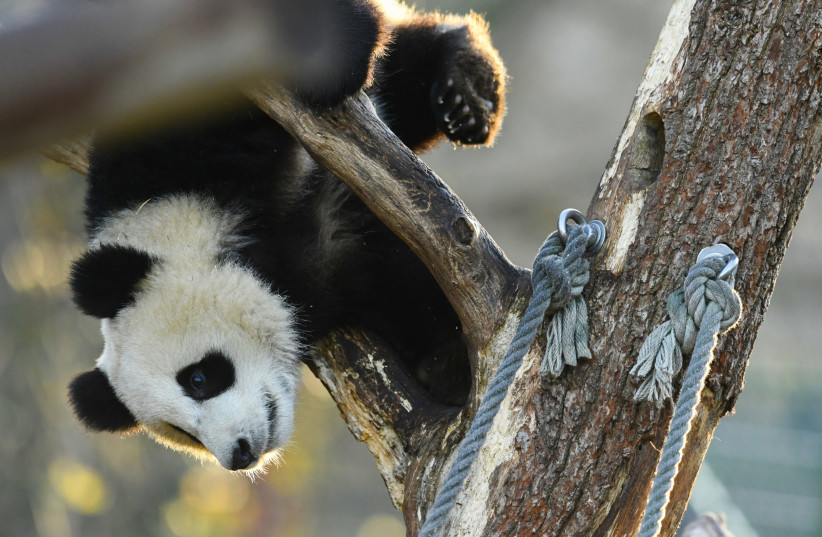The giant panda, for at least six million years, reportedly has not had a thumb, but instead a "greatly enlarged wrist bone which acts like a sixth digit," according to a study published on Thursday in the journal Scientific Reports.
The peer-reviewed study included research conducted by the Natural History Museum of Los Angeles County, which states that a panda's hand never properly developed an opposable thumb, but has a "thumb-like digit from a wrist bone."
Furthermore, the researchers discovered that a false thumb fossil was discovered in the city of Zhaotong in southern China which dates back 6 million years ago minimum. This discovery also pointed to evidence of bamboo diets that ancestral pandas had.
"Giant pandas traded an omnivorous diet of meat and berries to quietly consuming bamboos, a plant plentiful in the subtropical forest but of low nutrient value," said Dr. Xiaoming Wang, a Vertebrate Paleontology Curator at the Natural History Museum.
Bone structure and diet
Their type of diet could also indicate why their false thumbs are "underdeveloped," the study says. Wang stated that a "panda's false thumb must walk and ‘chew.’"

"Giant pandas traded an omnivorous diet of meat and berries to quietly consuming bamboos, a plant plentiful in the subtropical forest but of low nutrient value."
Dr. Xiaoming Wang
In other words, Wang and the other researchers of the study believe that a panda has shorter false thumbs as a natural compromise over the course of five to six million years for a panda to continue consuming bamboo and walking simultaneously.
